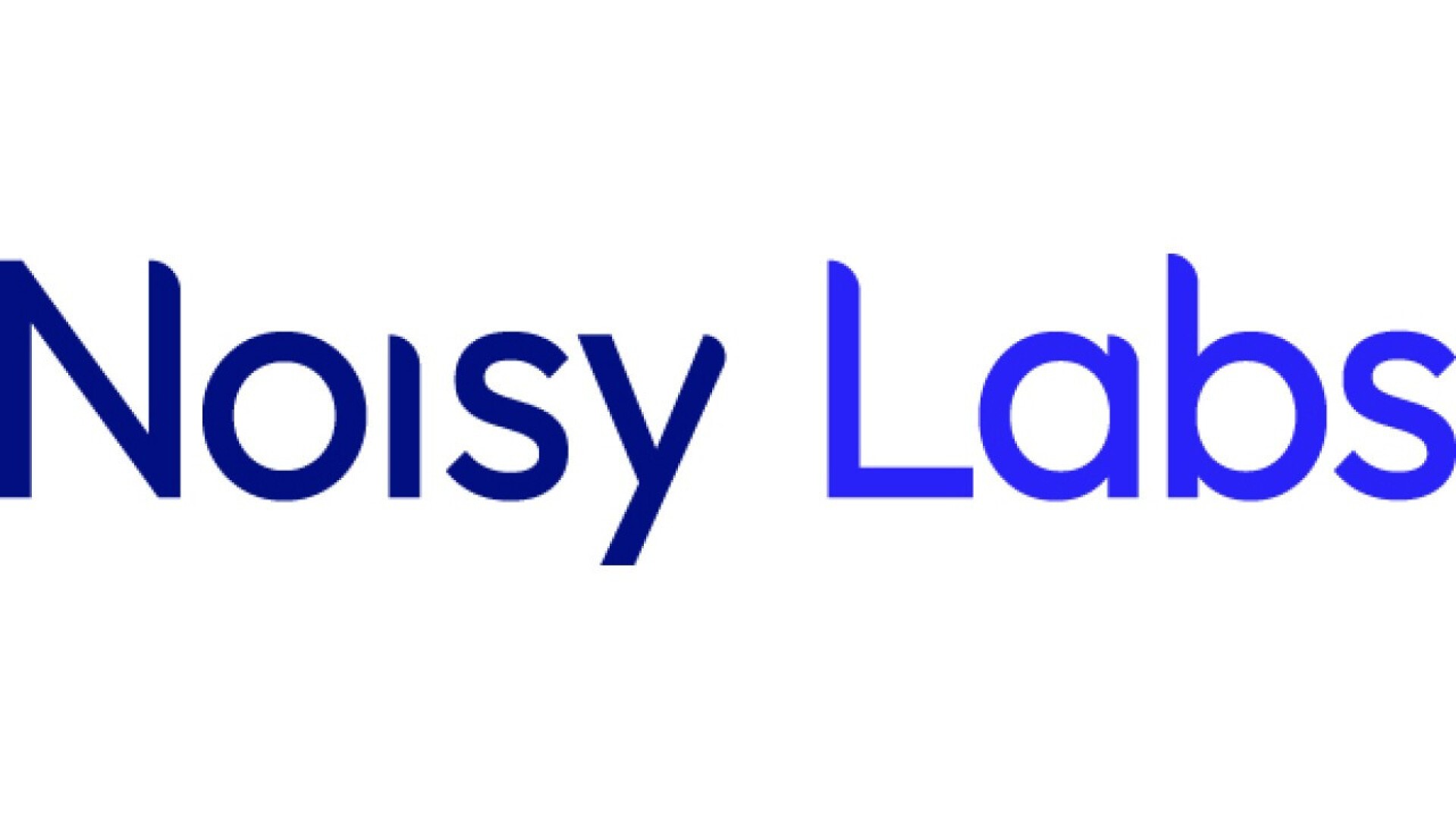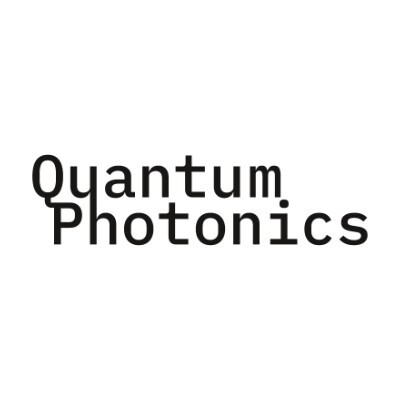Squeezed Light for Quantum Sensing
Photon shot noise limits laser-based measurements. Higher power improves the signal, but has drawbacks. Squeezed lasers efficiently reduce noise without high power. Applications: Vibration measurement, biosensing.
Many high-precision laser based measurements are limited by photon shot noise. This is the case at all possible power levels, ranging from mW to kW. Conventionally, the signal-to-noise ratio of such measurements is further increased by increasing the optical power.
This creates undesired side effects. Biological samples cannot handle high powers and are destroyed or suffer from photo-bleaching. Delicate mechanical devices suffer from heating. Leaving the regime of eye-safe laser powers enforces laser-safety measures on the applicant of the measurement device. Apart from that, thermal effects like thermal lensing occur at high powers and result in a misalignment of the measurement device. It might also not be economical to increase the power due to the high development and energy costs.
Squeezed light solves this challenge: Squeeze lasers do not increase the signal power by adding optical power but reduce the photon shot noise – with almost zero additional optical power. A noise reduction by a factor of more than 10 is feasible if most of the light is detected. Gravitational-wave detection has already been identified as a use-case. The talk will discuss the technology of squeeze lasers and illustrate areas of application in vibration measurements and biosensing.
Presenatation language: EN
Speakers (1)


